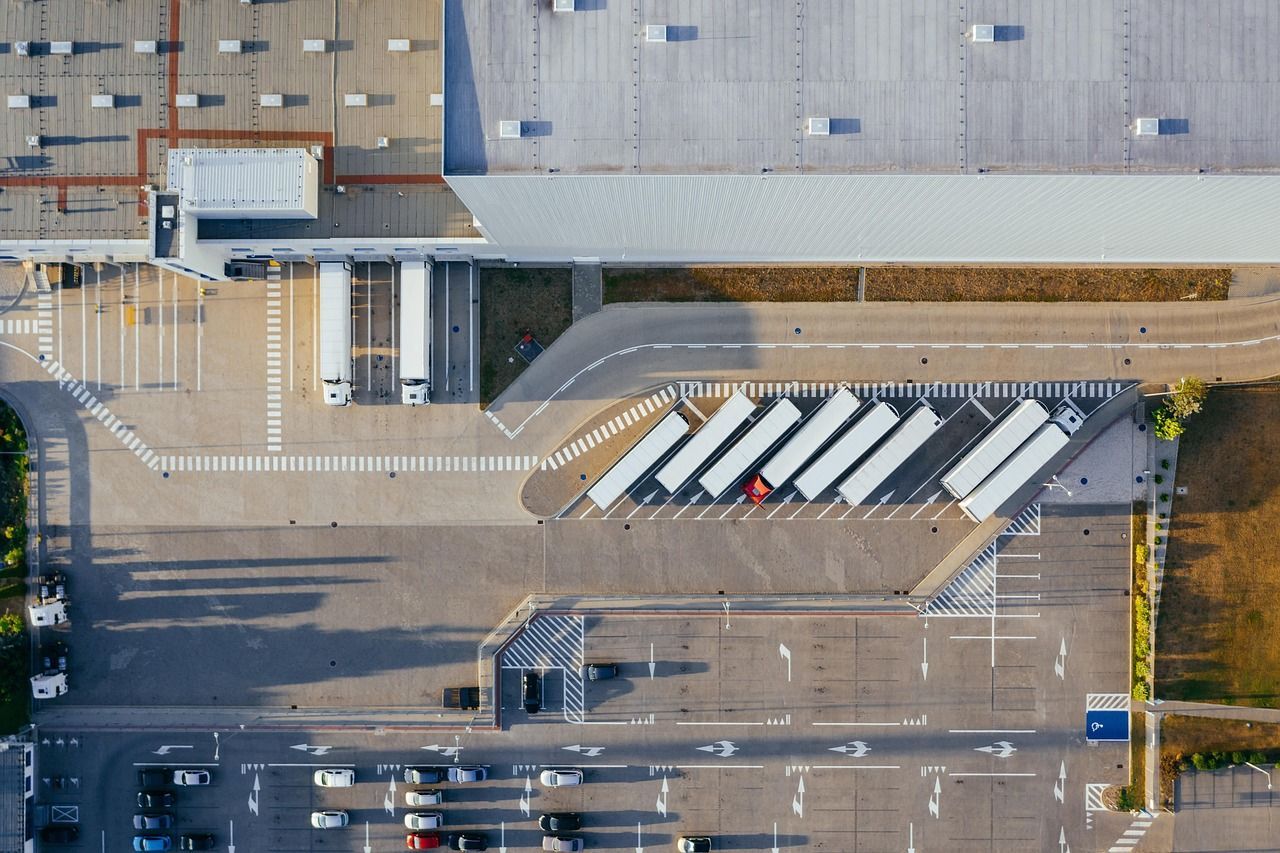
€91 million has been allocated to secure lorry parking areas in 10 EU countries. Here’s where the new facilities will be built

“By strategically locating these areas along the TEN-T corridors, the projects aim to relieve pressure on informal and unsafe roadside parking, improving both road safety and transport efficiency,” says ESPORG (European Secure Parking Organisation), commenting on the decision.
The funding will come from the Connecting Europe Facility, a fund that covers projects related to, among other things, the transportation sector (specifically the CEF programme for 2021–2027, which has a total budget of €25.8 billion).
In the latest call for proposals, the European Commission selected 94 projects that will receive a total of €2.8 billion in funding. The majority of the funds, 77%, will go to projects related to rail transport (including those in Poland, Austria, Germany and Italy). Projects related to maritime transport (including in Poland, Cyprus and Ireland) and inland waterways (France) will also receive funding.
However, the most important news for road transport players are the subsidies for secure lorry parking facilities: totaling over €91 million.
Where will the secure parking areas be built?
Investments in secure parking spaces will be made in Austria, Bulgaria, Spain, France, Italy, the Netherlands, Romania, Slovenia, Germany and Lithuania. As a result, approximately 2,900 new parking spaces for HGVs will be created, with the largest number in Bulgaria—over 800.
Another nearly 850 spaces, in Germany, Italy, Austria and the Netherlands, are also to be modernised.
ESPORG comments that the construction and modernisation of secure parking areas is expected to solve “long-standing problems related to driver well-being, cargo theft and crime.”
Planned investments in new parking spaces
|
Country |
Location |
No. of new parking spaces |
|
Austria |
Walgau North, Walgau South, Haiming South and Telfs North |
144 |
|
Bulgaria |
TEN-T Baltic Sea - Black Sea - Aegean Sea corridor |
816 |
|
Spain |
Zaragoza Logistics Platform Plaza |
136 |
|
Spain |
Atlantic TEN-T core corridor in Spain, close to the French border. |
155 |
|
Spain |
municipality of Tamarite de Litera (Huesca) |
183 |
|
France |
Dunkerque-Craywick - North Sea-Rhine-Mediterranean Corridor |
259 |
|
Italy |
11 locations across country |
227 |
|
Italy |
Alessandria on the A21/E70 motorway along the TENT comprehensive network, in vicinity of its intersection with the North Sea – Rhine - Mediterranean corridor |
300 |
|
Lithuania |
A1 Motorway in the Klaipeda port region |
170 |
|
Netherlands |
North Sea - Rhine - Mediterranean Corridor and the core TEN-T road network |
141 |
|
Romania |
E60 highway west of Ploiesti in Romania |
51 |
|
Slovenia |
near Hoče municipality at the junction of Slovenian A1/A4 motorways |
236 |
|
Slovenia |
between Kozarje junction and Razdrto junction of the Slovenian A1 motorway |
69 |
Source: European Commission
Parking in "wild" or certified parking areas
The scale of these problems is demonstrated by the numbers. In the first five months of 2024 alone, TAPA (The Transported Asset Protection Association, an organisation that certifies parking areas), recorded over 4,800 crimes. Most of these occurred in Germany (almost 1,500 incidents), Italy (over 880) and France (over 750).
Financial losses totalled €73.2 million, according to the European Commission report ‘Study on the availability of sustainable rest facilities for professional drivers and of secured parking facilities, as well as on the development of safe and secure parking facilities in the EU’.
Research shows that as many as 80% of drivers have experienced a dangerous situation in a parking area, most commonly on an unguarded one. The difference in the frequency of thefts and vandalism at the so-called “wild” parking areas versus secure ones is significant: in the former, nearly 80% of truckers experienced such incidents; in the latter, 41%.
Drivers, however, often have no choice. Sometimes they must park at facilities that don’t meet even the most minimal safety standards. European Commission research shows that nearly half of them spend up to an hour looking for a free space.
Parking areas in Europe: what the data says
This comes as little surprise, given it is estimated that there are only 35 certified secure parking areas (so-called Safe and Secure Parking Areas – SSPAs), providing fewer than 5,000 spaces. In addition, there are nearly 160 parking areas certified by external entities such as ESPORG, VEDA and TAPA. These offer a total of over 18,700 spaces.
Additionally, drivers can use uncertified parking areas that have some security features or offer basic services to drivers. And, of course, there are parking areas that offer no security at all.
In total, the number of parking spaces is estimated at 380,000 (all data accurate up to 2022).
Europe’s severe lack of parking areas
Meanwhile, the demand is estimated by the European Commission at 395,000 spaces. Importantly, 92,000 vehicles transport goods of medium and high value, so it can be assumed that these should ideally be parked in secure locations. However, let us remember that there are fewer than 24,000 such spaces (referring to SSPAs and other certified parking areas). Around 60,000 parking spaces in the EU are considered “reasonably safe.”
The problem is expected to worsen. The European Commission estimates that by 2040, demand will reach over 500,000 parking spaces. 114,000 of those will be needed for trucks carrying medium and high-value goods.
Not just a problem in Western Europe
The issue is not only the overall shortage of parking spaces, but also that supply cannot keep up with growing demand in specific areas. Examples include the regions around Calais, Paris, Brussels, Nancy, Basel, Bordeaux, Bilbao, Algeciras, Munich, Sofia, Prague, Vienna and Bratislava.
“Germany, France, Italy, Spain, and the Benelux countries show the highest demand for parking spaces due to their role in connecting major transport corridors,” according to the European Commission. The density of industrial areas and logistics hubs is also a factor.
The greatest increase in demand for secure parking spaces in the coming years is expected in Germany, France, the Benelux countries, Italy, Spain, Poland, the Czech Republic, Austria, Slovakia, Romania, Bulgaria and Hungary.
Fot. Fot. Pixabay/marcinjozwiak